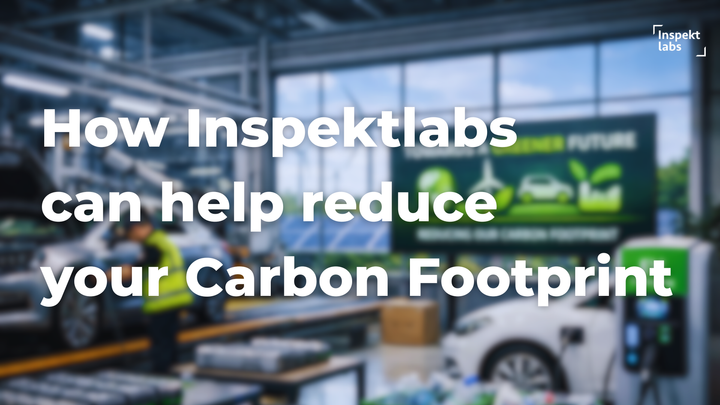Human vs. AI Inspections: A Comparison Across 7 Parameters | Inspektlabs
Let's take a closer look at seven factors that will help us comprehend why these transformations will be revolutionary. We will contrast human inspections against AI inspections to grasp the true extent of these changes.
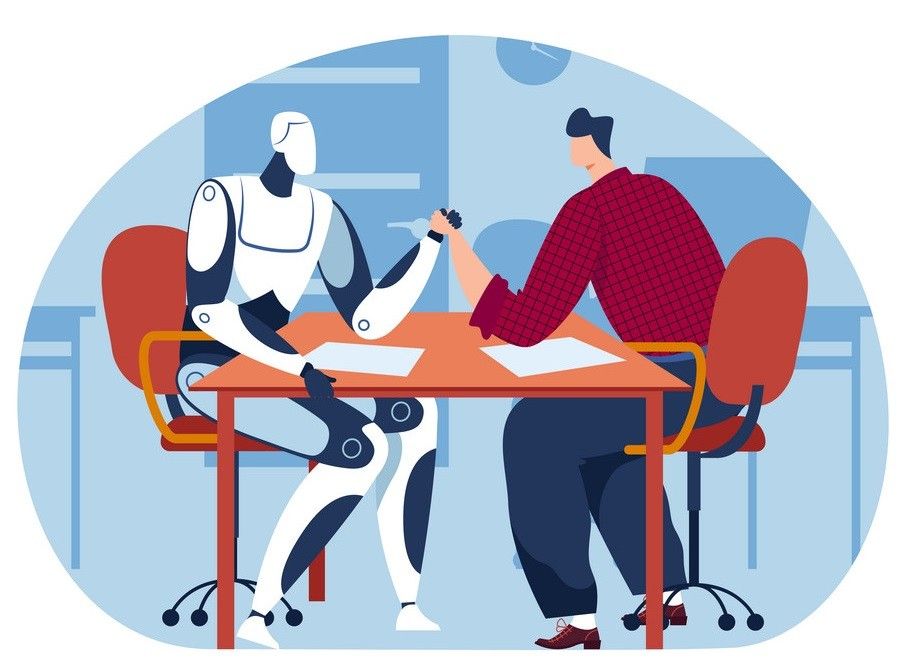
This post covers how AI fares against human inspections. We introduce vehicle inspections before briefly discussing their need and relevance across various industries. Then, we cover the seven parameters of vehicle inspections: cost, customer experience, accuracy, damage types, fraud, speed, and coverage. We individually contrast human and AI inspections across these seven parameters before concluding.
Introduction
A lot of industries rely on vehicle inspections to function smoothly. Car rental, car leasing, and auto insurance industries understandably place a high value on accurate and reliable vehicle inspections. These inspections are critical for their business model and regulatory and compliance purposes. Therefore, market players expect a sophisticated vehicle inspection solution that can comprehensively meet their needs.
Traditionally, these car inspections were the sole domain of human inspectors. However, with the advancement of technology, such as intelligent vision and artificial intelligence, we are now observing a monumental shift. Digital vehicle inspections offer far broader advantages than the traditional approach. Let us explore why businesses worldwide prefer AI inspections.
The Relevance of Vehicle Inspections
As we have already stated, vehicle inspections are an indispensable component of the workflow for many businesses. Furthermore, these inspections can drastically alter the decision-making abilities of the insurer, and they can impact the monetary valuations. For example, for any auto insurer to offer an insurance plan or to validate an insurance claim, car inspections are non-negotiable.
In other industries, such as car rental and car leasing, businesses cannot keep an accurate record of their fleets without vehicle inspections. Such companies need to track the vehicles' condition after every rental to account for and recover damages if required. Vehicle inspections are also among the most critical checks performed by OEMs before any vehicle leaves its custody.
A common denominator within all these industries is safety. Regular examinations of vehicles ensure that they are in acceptable working conditions and comply with all road safety and regulatory norms. The relevance and importance of these vehicle inspections cannot be understated. Traditionally, human inspectors perform vehicle inspections due to their expertise and lack of viable alternatives. However, now businesses have access to alternative frameworks powered by the latest technological advancements. Therefore, we must rely on a comprehensive and robust framework that is error-free and efficient.
The 7 Parameters
Technological advancements are overtaking most industries worldwide. In some sectors, the transformations have been gradual, while in others, they have been abrupt and exponential. The digitization of vehicle inspections lies somewhere in between. Initially, sweeping changes came, but they were limited to record keeping, data entry, and other clerical tasks. However, artificial intelligence and computer vision are drastically and rapidly evolving the framework. Let's take a closer look at seven factors that will help us comprehend why these transformations will be revolutionary. We will contrast human inspections against AI inspections to grasp the true extent of these changes.
1. Cost
Any profit-oriented business will always aim to protect and expand its bottom line. Businesses that require vehicle inspections are no exception to this rule. Conducting a manual human inspection is a costly affair. Depending on the circumstances, a single inspection might cost between $50-$200. These costs often arise from incidental expenses to the car inspection process. For example, in some cases, the human inspector may travel a considerable distance to reach the inspection site. In these situations, the human inspector must also transport the inspection equipment and the related accessories. From an economic perspective, this option is not financially viable for any business.
- AI inspections, on the other hand, are low-cost compared to human inspections because there is no need to pay for human resources with this approach.
- Since vehicle inspection costs decrease drastically, businesses can allocate resources to other domains.
- The reduced cost of vehicle inspections will also benefit customers because they are the ones who eventually end up bearing the cost regardless.
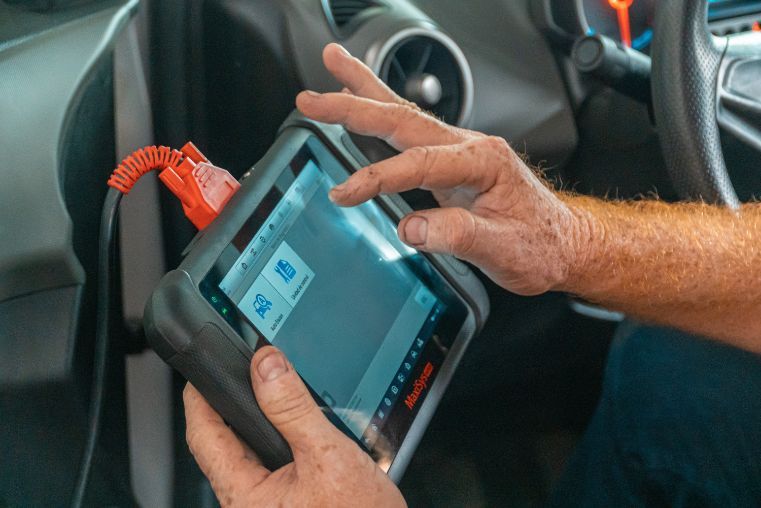
2. Customer Experience
Vehicle inspections are notorious for providing a bad customer experience. Often, these perceptions stem from the inherent shortcomings in the framework. For any traditional vehicle inspection, a human inspector must be present. To facilitate this, the human inspector must coordinate with the customer and make an appointment to visit the inspection site. Scheduling such appointments is highly challenging logistically because of many factors, such as the inspector's availability, the customer's availability, and finding a suitable slot to conduct these inspections. For example, in most cases, a human inspector will require natural light to inspect the car properly, and customers are likely to be unavailable during working hours.
- AI inspections eradicate this bottleneck. Since customers do not need to coordinate with the human inspector, they can conveniently inspect their vehicles as per their preferences.
- Digital inspections are not impacted by business hours, which gives customers the flexibility to undertake the process.
- Especially in the post-pandemic context, many customers also want to reduce unnecessary human interaction. AI inspections facilitate this making the process seamless and hassle-free for the customers.
3. Accuracy
A human inspector has years of expertise and experience in conducting car inspections. Therefore, they will be able to assess the damages to a great extent accurately. With AI inspections, the accuracy remains high, but there's still some scope for improvement. Although an AI inspector can cover all the damages on the interior and external car panels, there are some instances where it may fall short. For example, some problem areas include highly reflective cars or painted black cars. In such scenarios, the AI may face some complexities while detecting micro damages.
- While some bottlenecks exist, they are bound to dissipate as technology advances.
- The AI inspector can still effectively capture these micro damages through zoomed-in views as we train the machine learning models on more data.
For example, in the image below, micro damages are highlighted successfully through a fixed camera installation setup, which even a human inspector may have missed.
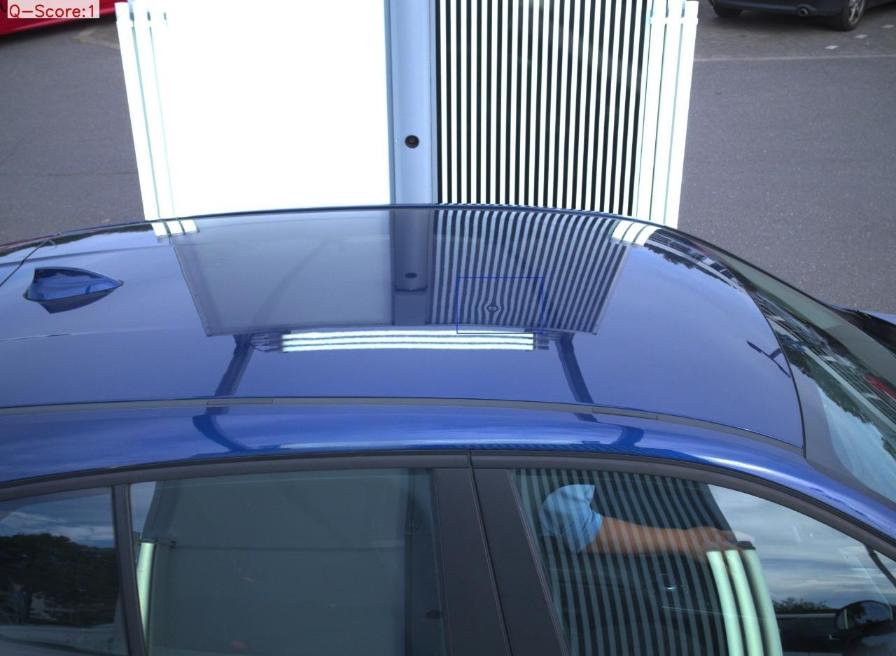
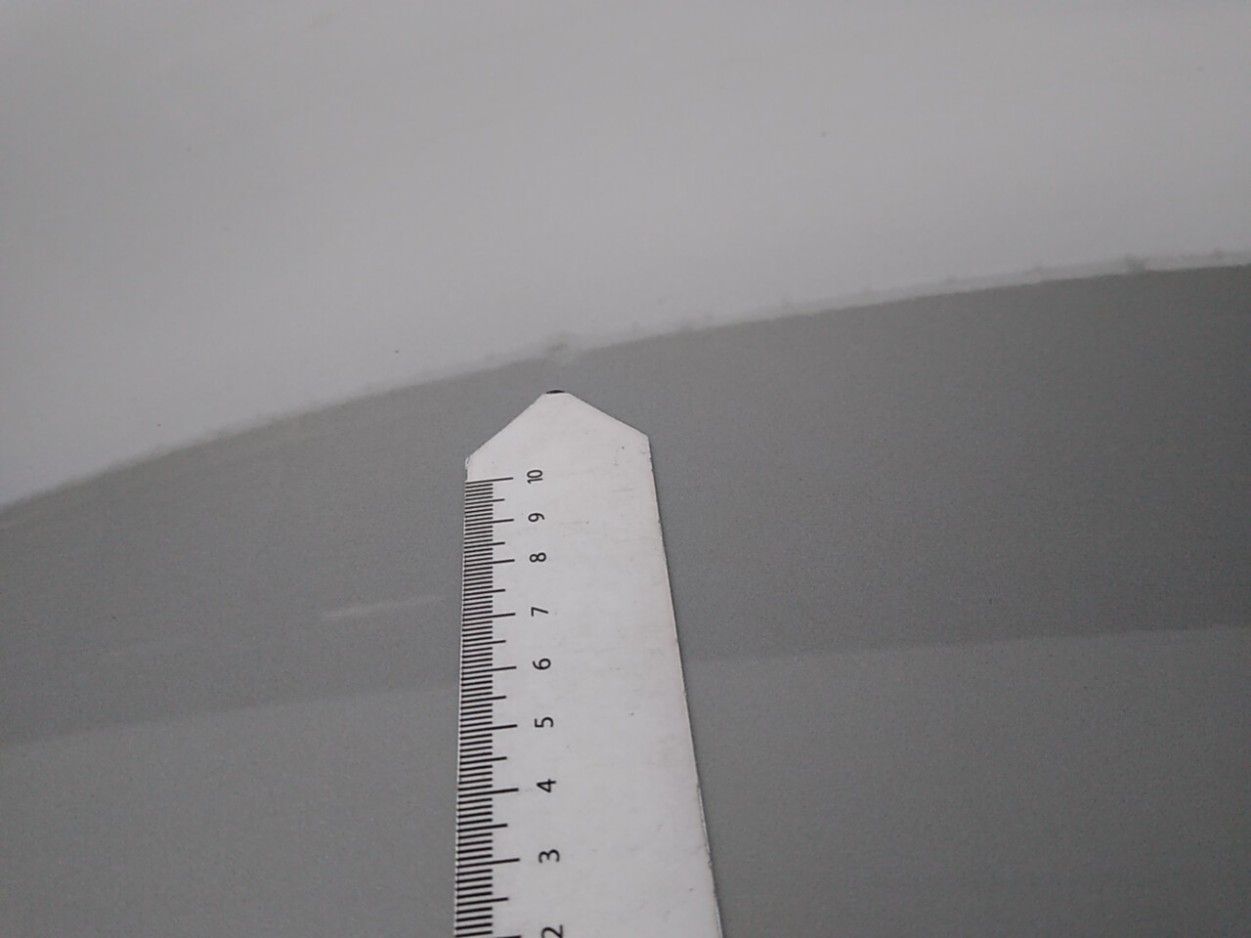
4. Damage Types
All damages, including the exterior, interior, and internal damages, can be covered with an in-person human inspection. A human inspector can take the time to thoroughly go through the entire vehicle to inspect all types of damages. An AI inspection can cover exterior damages comprehensively. It can even detect interior damages, for example, torn seats.
- The problem is more complicated with internal damages. There are some techniques to predict internal damage through external damage, and the results are sufficiently reliable.
- However, in limited cases, the true extent of internal damages may only be detectable through a human inspection wherein the car parts will be dismantled to analyze.
- As more businesses adopt AI inspections, the scope and extent of the types of damages they can cover will also gradually expand.
As illustrated in the images below, AI inspections can detect and label different types of damage.


5. Fraud
In manual inspections, there is a genuine possibility of fraud. The human inspectors themselves may be incentivized to fabricate or exaggerate damages, thereby compromising the integrity of the inspection process. Contrarily, an AI inspection has multiple built-in checks and verifications that drastically reduce the scope of fraudulent activities.
- Through video inspections, businesses can ensure that customers do not swap vehicles to falsify damages. These video inspections can also guarantee no manipulation of the visuals.
- Furthermore, the metadata generated by these videos can also help uncover discrepancies and oddities.
- The entire fraud detection framework is automated and thus highly reliable and effective in pattern detection.
- Eradicating fraud from the vehicle inspection framework also builds customer trust and offers a reliable mechanism for businesses to stay protected.
For example, the image below has been manipulated to showcase nonexistent damage to the vehicle. While pictures may be manipulated, a 360° video does not leave any scope for such manipulation.
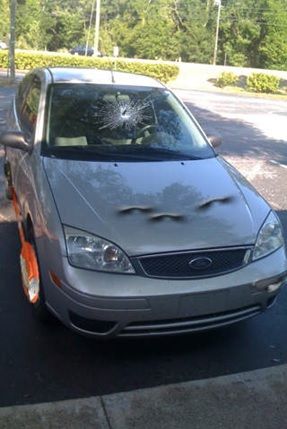
6. Speed
The speed and efficiency of vehicle inspections are arguably among the most significant pain points articulated by customers and businesses. A manual inspection may take anywhere between one to three days, potentially even longer if the human inspector needs to travel a long distance. This speed of operation is not optimal for any business and leads to unnecessary delays. For example, in auto insurance claims, where time is of the essence, claimants often have to wait for weeks due to the human inspection framework that can often be redundant and excruciatingly slow.
- AI inspections from start to finish can be completed in a matter of a couple of minutes.
- The entire process is highly efficient and quick, from inspecting the vehicle to report generation.
- Customers no longer need to spend hours with a human inspector and can independently complete the process in minutes instead of days.
7. Coverage
Accessibility has always been a bottleneck for businesses that require vehicle inspections. An in-person vehicle evaluation may be economically or physically infeasible for the company when the inspection site is in remote areas.
- Due to this restriction, businesses are also bound by geographical markets since they cannot expand their coverage.
- AI inspections are feasible even in remote areas as long as they have basic Internet connectivity, such as a 2G connection.
- AI Inspections allow businesses to expand their geographical markets significantly because arduous travel is no longer necessary.
Are AI Inspections Better?
Inspektlabs' comprehensive digital vehicle inspection framework offers numerous advantages over traditional manual inspections. The following table illustrates these differences concisely. It is apparent from this summarization that AI inspections are superior to human inspections.
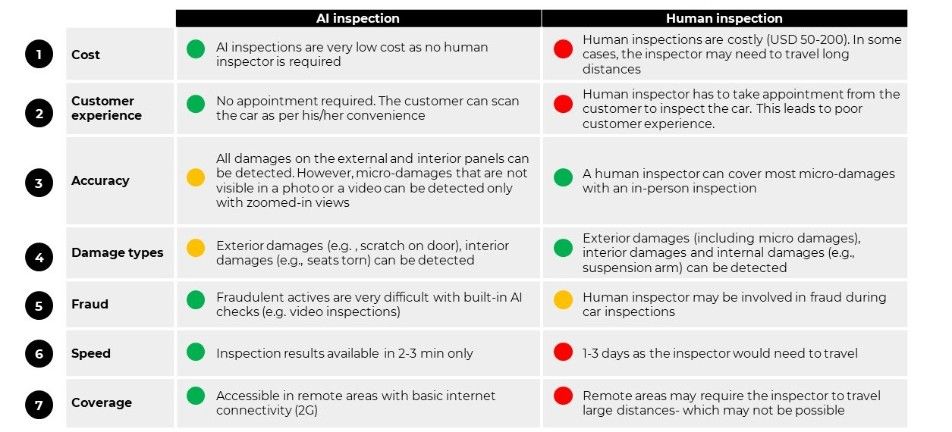
Conclusion
Computer vision and artificial intelligence are redefining the way vehicle inspections operate. As more businesses trust AI inspections, they are gradually becoming the norm. Overall, AI inspections are a superior alternative when compared to human inspections. While certain areas still leave some scope for advancement, they are bound to improve.

